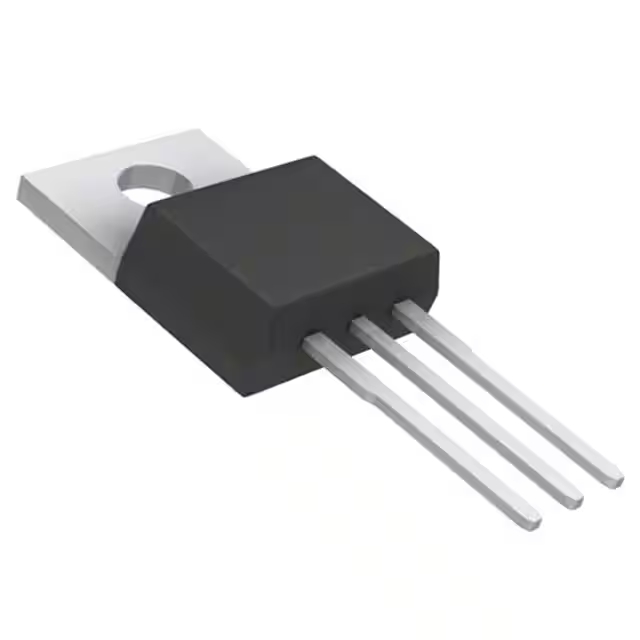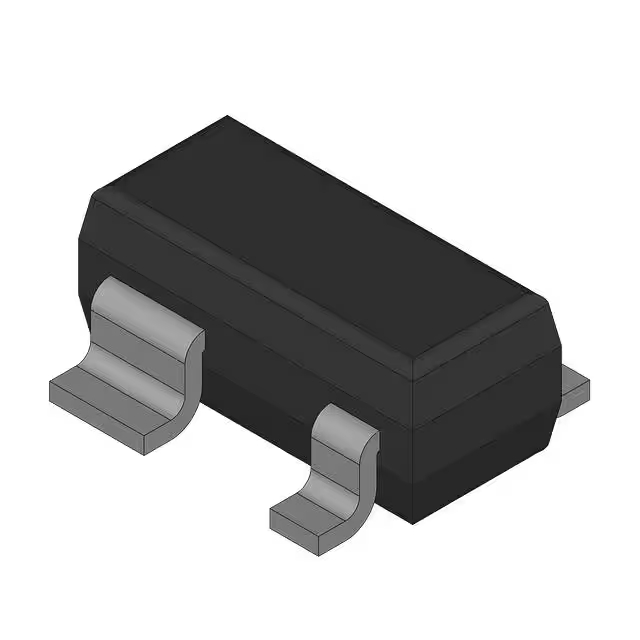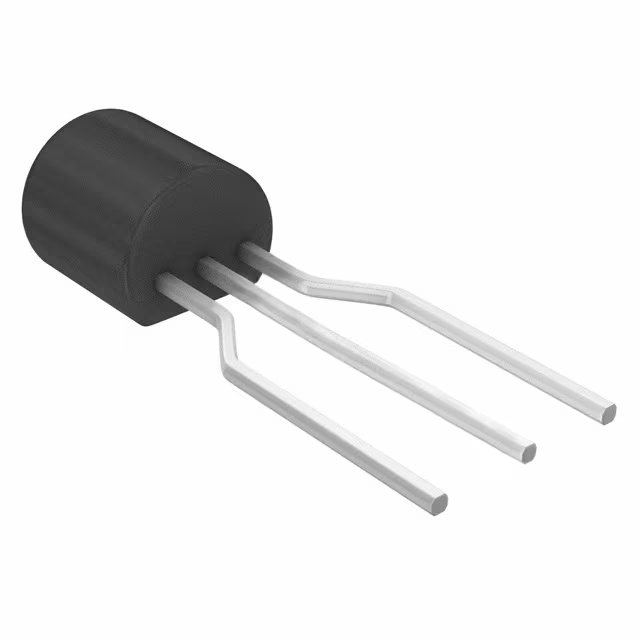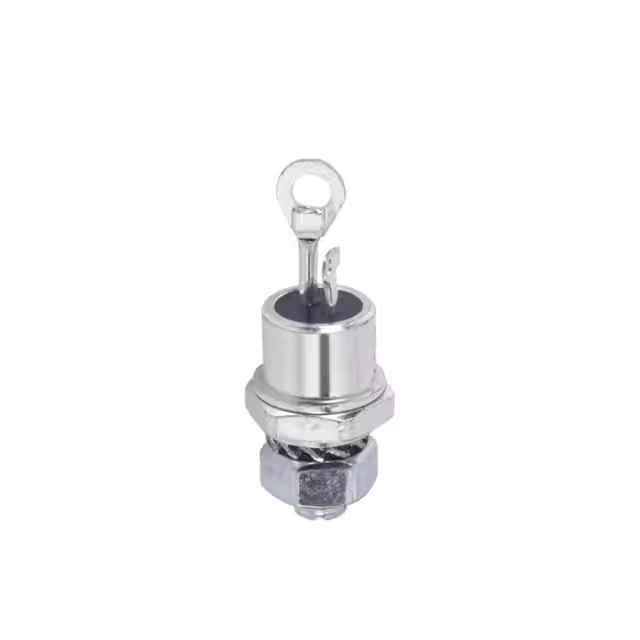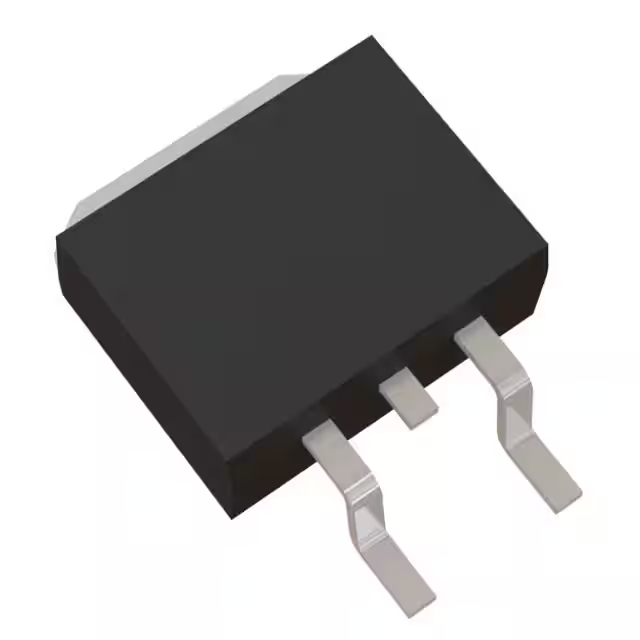DB107 | Bridge Rectifier | Circuit Diagram | Datasheet
- 反向峰值電壓(最大): 1千伏
- 平均整流電流(Io): 1個
- 正向電壓(Vf)(最大值)@If: 1.1 V @ 1 A
- 包裹: 4-EDIP (0.321, 8.15mm)

訂單滿 HK$250.00 即可享有免運

快速回應,快速報價

閃電出貨,售後無憂

原廠通路,正品保證
DB107 DIP-4 Mini bridge rectifier 1A1000V electronics parameter ASEMI

DB107 pinout

DB107 Circuit Diagram
DB107 Bridge Rectifier Circuit Diagram
The DB107 is a commonly used bridge rectifier that is widely applied in power supply circuits to convert alternating current (AC) into direct current (DC). Below is a technical description of the DB107 circuit diagram:
成分:
1. DB107: A four-terminal bridge rectifier consisting of four diodes, designed specifically for rectifying AC signals.
2. AC Input: The input is an AC power source, typically in the form of a sine wave.
3. DC Output: The DC voltage is obtained through the bridge rectifier’s output terminals, which is filtered to provide a smooth DC voltage.
Circuit Principle:
1. The DB107 consists of four diodes (D1, D2, D3, D4) arranged in a bridge configuration. The AC input voltage (AC) is applied across the two input terminals (AC1 and AC2) of the rectifier.
2. During the positive half-cycle of the AC input (when AC1 is positive relative to ground and AC2 is negative relative to ground), diodes D1 and D2 conduct, allowing current to flow through the circuit.
3. In the negative half-cycle (when AC2 is positive relative to ground and AC1 is negative relative to ground), diodes D3 and D4 conduct, allowing current to continue flowing in the same direction.
4. This process ensures that the current always flows in the same direction, converting the alternating current (AC) into unidirectional direct current (DC).






